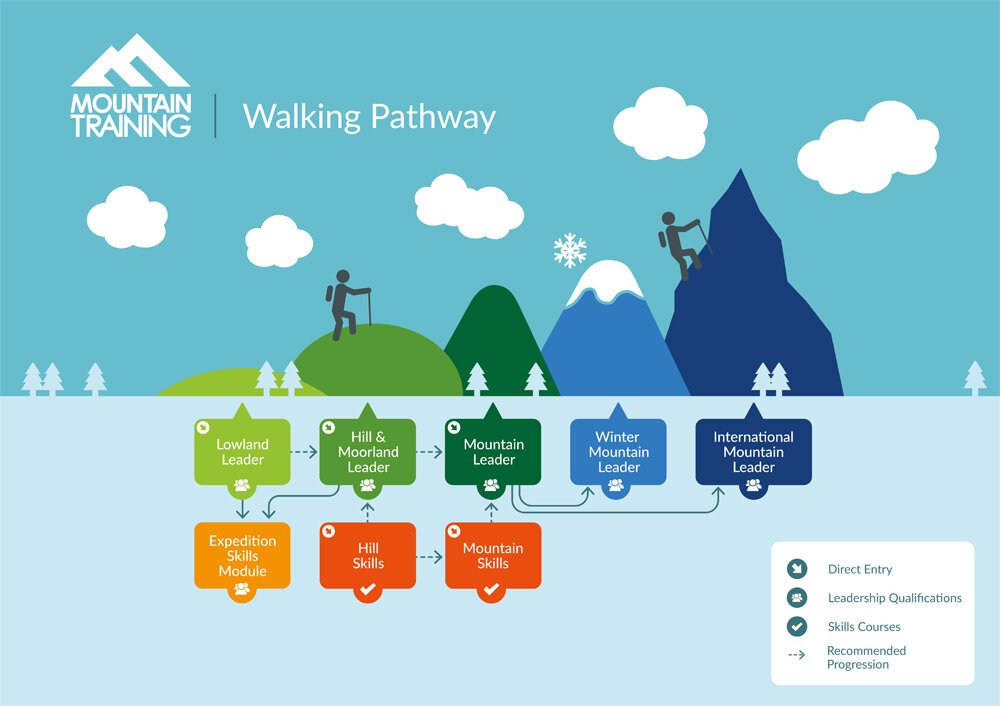
Mountain Skills
Days
2
Category
Mountain Training Courses
Location
Lake District
Ratio
1:8
Cost
£150 per person
Detailed information
Aim
The Mountain Skills course is part of Mountain Training’s The hill and mountain skill scheme. The aim of the scheme is to give everyone the basic skills needed to stay safe and enjoy the hills and mountains of British isles. The scheme is nationally accredited and the Mountain School UK is an approved provider.
Course Content
Main topics are:
Planning
Walking skills
Clothing and equipment
Weather
Navigation in the mountains
Environmental knowledge
Hazards and emergency procedures in the mountains
Pre-requisites
The Mountain skills section is designed for people who already have some experience but want to build on what they know or have already completed the hill skills section of the scheme.
Ideally you will already be able to navigate on main paths in the mountains and have a basic understanding of a compass.
To be accredited with attending the course you must register in-advance with mountain training. You must be over fourteen. The cost of registration is £10 for under eighteens and £20 for eighteen and over.
You can register here.
Itinerary
The following itinerary for the Mountain skills course is provisional and is dependent on the weather and the learning requirements of candidates.
Day 1 • Mountain day:
9:00 – Meet at Mountain School UK
Introductions and coffee
Course outline – the scope of the scheme
Introduction to Clothing and equipment and weather.
13:00 – Head to the mountains for practical Navigation including use of compass,
17:00 – Return to Mountain School UK
Day 2 • Mountain day:
9:00 – Meet at Mountain School UK
Introduction to planning
10:30 – Head to the mountains for practical walking skills and Hazards and emergency procedures in the hills
Environmental knowledge
17:00 – Return to Mountain School UK
What’s provided?
WE provide…
Instruction.
Pre Course Information.
Action plan for moving forwards at the end of the course.
YOU provide…
*Anything with asterisk can be rented from us if arranged 14 days in advance (subject to availability).
-
-
Fully waterproof Jacket and trousers are essential. The Jacket should have a good hood and taped seams. The Mammut Convey Tour HS Hooded Jacket (Men’s and Women’s) is a good example.
The trousers should fit over your other leg wear and boots. The Mammut Albula HS Pants (Men’s and Women’s ) are a good example.
-
-
-
-
Non cotton skin to layers are recommended. The Mammut Trift range is a good example.
-
Warm cushioned socks with a high wool content are idea. Darn Tough Midweight Hiker Boot Cushion Socks are a good example.
-
A simple warm beanie is ideal. Like a Mammut Fleece Beanie. In hot weather bring a sun hat as well.
-
Warm and quick drying gloves are idea. Mammut Fleece Glove is a good example.
-
These are useful and versatile extra items of clothing. The Mammut Merino Neck Gaiter and the Mammut Balaclava are good examples.
-
Needs to be tough, reliable and waterproof. A simple digital watch or a modern sports smart watch will do.
-
A whistle for emergences should be loud and pea less. The Acme Slimline Tornado is a good example.
-
A head torch should be bright, easy to use and weatherproof. A Petzl Tikka core is a good example.
-
A Rucksack needs to be simple and robust. For a one day courses the Mammut Trion Nordwand 38 (Men’s and Women’s) is a good Example. For wild camping it should between 45 and 65 litres in volume. Depending on the bulk of your equipment. The Mammut Ducan Spine 50-60 is a good example.
-
Keeping your equipment dry is essential. This can be done by lining your rucksack with a large dry bag or robust plastic bag. An alternative is to use a number of smaller drybags like the Mammut Drybag Light to pack things separately.
-
Should contain small number items to just to deal with very minor injuries and blisters. The Mammut First Aid Kit Light is a good example.
-
Bring all the medication and basic toiletries you would normal need for the duration of the course.
-
Foods which contain a mix of carbohydrates and are quick and easy to eat in adverse conditions are best of most people. In winter look for foods which will not freeze solid. Simple sandwiches and trail bars are good. When camping look for modern dehydrated expedition food which light and convenient.
-
Needs to be robust and leak proof. A Nalgene water bottle is good example. Carrying at least two litres is a good idea in hot weather.
-
The Silva expedition 4 compass has been the benchmark for years.






























































Mountain Skills
Book a date
Upcoming Course Dates
Select from the available dates for this course in the drop down below












